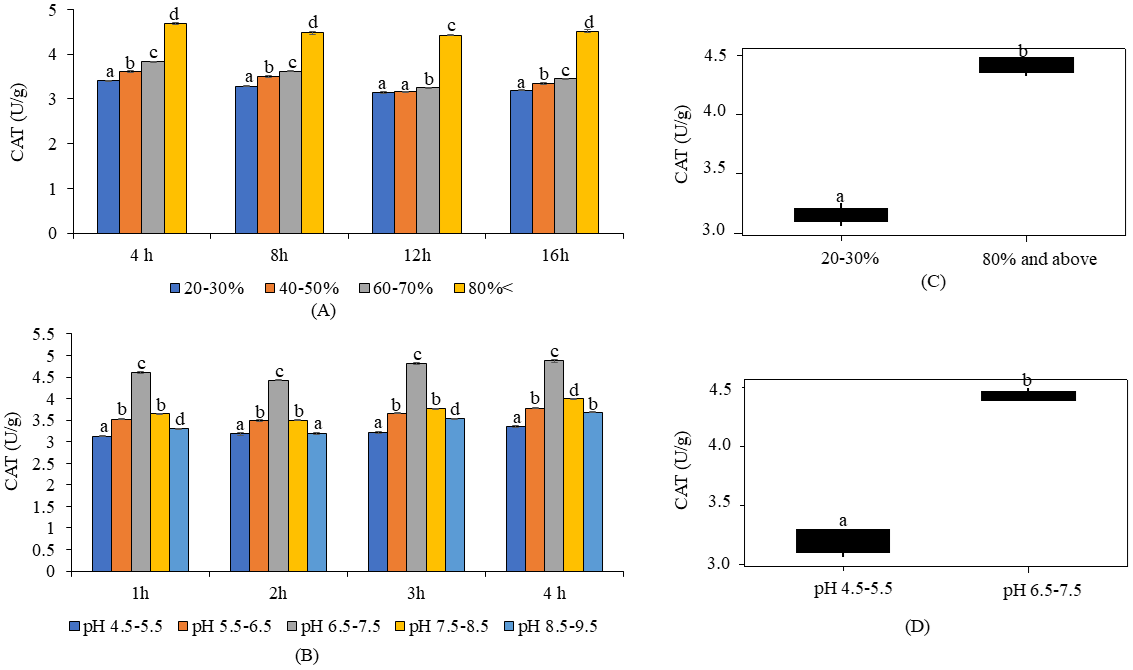Effect of pH and Dissolved Oxygen induced antioxidant activity in the liver of zebrafish, Danio rerio Hamilton, 1822
Main Article Content
Abstract
Two aquatic ambient factors, viz. Dissolved Oxygen (DO) and pH were selected for the study on the effect of oxidative stress in the liver of zebrafish. The zebrafish were exposed to four DO saturation levels (20-30%, 40-50%, 60-70% and 80% above) and five pH levels (4.5-5.5, 5.5-6.5, 6.5-7.5, 7.5-8.5 and 8.5-9.5) for different periods (DO, 4h-16h at 4hr interval; pH, 1h-4h at 1 hr interval). The antioxidants studied were catalase, glutathione and superoxide dismutase (SOD). The malondialdehyde (MDA) was assessed as a bioindicator of oxidative stress. Results showed that the fish suffered from oxidative stress in all DO saturation levels (except 80% and above, as control) and pH levels (except 6.5-7.5, as control). However, the highest generation of MDA was observed at 20-30% DO saturation level and 4.5-5.5 pH level. Under 20-30% DO saturation level, the highest oxidative stress level was observed at 12 h and pH 4.5-5.5 at 2 h of treatments. Accordingly, the antioxidant enzymes catalase, glutathione and SOD also showed low antioxidant activity at 20-30% DO saturation level and 4.5-5.5 pH level for treatment periods 12 h and 2 h, respectively. It was also evident from the study that the alkaline pH (8.5-9.5), although showed altered antioxidant activity, but not as high as pH 4.5-5.5, compared to the control.
Article Details

This work is licensed under a Creative Commons Attribution 4.0 International License.
